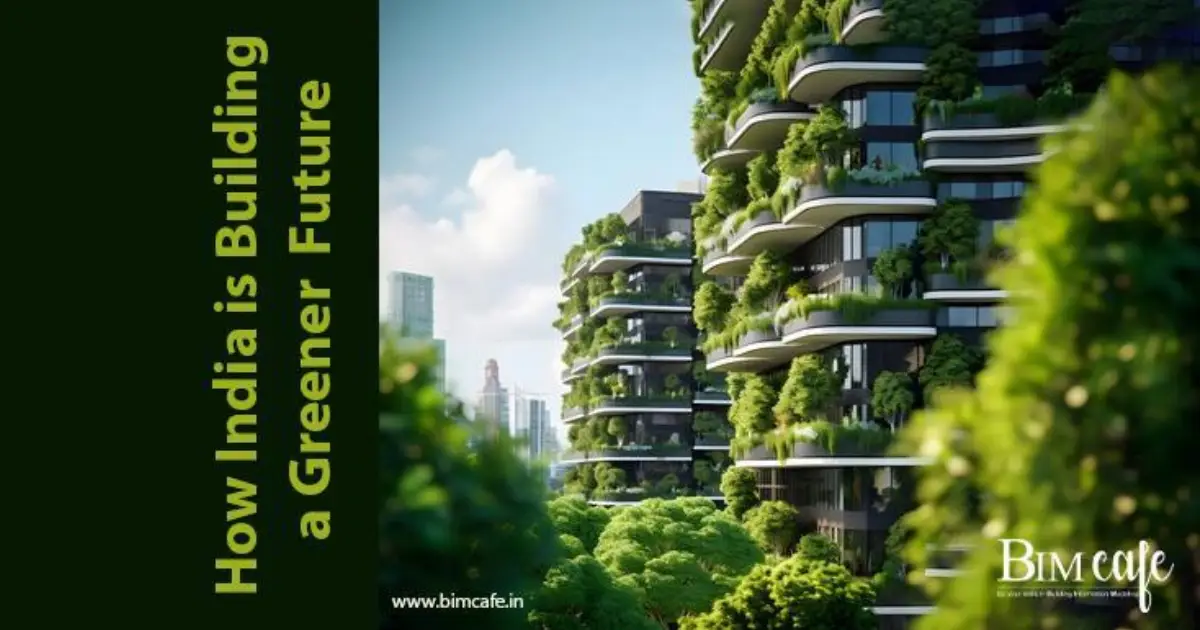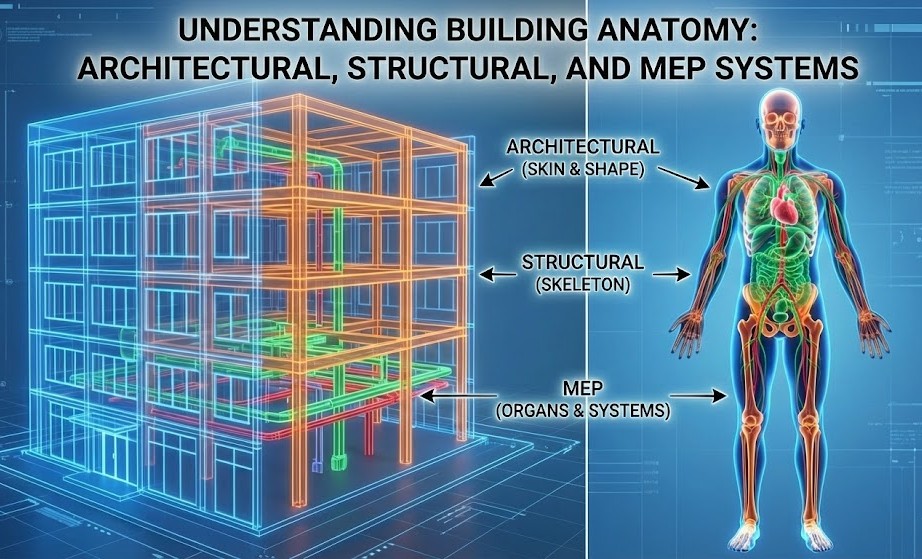
Author: Devika R
April 30, 2024
4 min read
The construction industry is a titan of our world, shaping our cities and landscapes. But this immense power comes with a hefty environmental price tag. Construction is responsible for a colossal chunk of global resource consumption, pollution, and waste. This is where sustainable construction steps in, offering a path toward a future where buildings and infrastructure leave a lighter footprint.
Why Go Green?
Sustainable construction is not just a fad; it is a necessity. Here is why:
- Environmental Impact: The industry is a major source of greenhouse gas emissions, deforestation, and water pollution. Sustainable practices like using recycled materials and energy-efficient designs can significantly reduce this harm.
- Resource Depletion: Construction devours raw materials at an alarming rate. Sustainable methods promote renewable resources and minimize waste, ensuring we have enough for future generations.
- Energy Efficiency: Buildings are massive energy guzzlers. Sustainable construction focuses on creating energy-efficient structures that require less power to operate, lowering our dependence on fossil fuels.
India’s Green Building Movement
India’s construction sector is booming, and with it comes a growing awareness of sustainable practices. Here is a look at India’s take on green building:
- Policy Push: The Indian government has enacted policies like the Energy Conservation Building Code (ECBC) and promotes green building rating systems like LEED (Leadership in Energy and Environmental Design) and GRIHA (Green Rating for Integrated Habitat Assessment).
- Green Rating Systems Gain Traction: While still in its early stages, a significant rise in green building registrations has been observed, particularly in the commercial sector. This indicates a growing interest in sustainable construction.
- Local Innovation: Entrepreneurs are developing sustainable building materials like fly ash bricks, recycled plastic lumber, and bamboo composites, offering eco-friendly alternatives to traditional materials.
The Power of BIM: Building Information Modeling

Building Information Modeling (BIM) is a game-changer for sustainable construction. BIM creates a digital representation of a building project, integrating all aspects – architectural, structural, mechanical, and electrical – into a single model. This offers significant advantages for sustainable construction:
- Optimized Design: BIM allows for simulations of a building’s energy use, daylighting, and thermal performance. This enables architects and engineers to identify and address potential inefficiencies early in the design phase, leading to a more energy-efficient building.
- Reduced Material Waste: BIM’s precise modeling capabilities can minimize material waste by accurately calculating quantities needed. This reduces construction costs and environmental impact.
- Improved Prefabrication: BIM facilitates prefabrication of building components off-site, in controlled environments. This reduces construction waste, noise, and pollution at the building site.
- Enhanced Building Operations: BIM data can be used to create digital twins of buildings, which are virtual replicas that can be used to monitor and optimize energy use and maintenance throughout the building’s lifecycle.
Challenges and the Road Ahead

Despite the positive strides, India’s sustainable construction sector faces some unique challenges:
- Cost Factor: The initial cost of sustainable materials and technologies can be a deterrent for some developers. Government incentives and subsidies are crucial to bridge this gap.
- Skilled Workforce: There’s a need for a skilled workforce trained in sustainable construction practices and green building technologies.
- Public Awareness: Raising public awareness about the long-term benefits of sustainable buildings can drive demand for eco-friendly housing and commercial spaces.
- Scaling Up Local Innovation: Encouraging and supporting the development and adoption of indigenous sustainable building materials.
- Skill Development Programs: Providing training and certifications for architects, engineers, and construction workers in sustainable construction methods.
- Financial Incentives: Offering tax breaks, subsidies, and easier access to credit for developers who adopt sustainable construction practices.
- BIM Adoption: Promoting the use of BIM throughout the construction industry to optimize design, reduce waste, and improve building performance.
India can create a construction industry that’s not only economically robust but also environmentally responsible. Let’s build a future where Indian cities are at the forefront of sustainable development!





